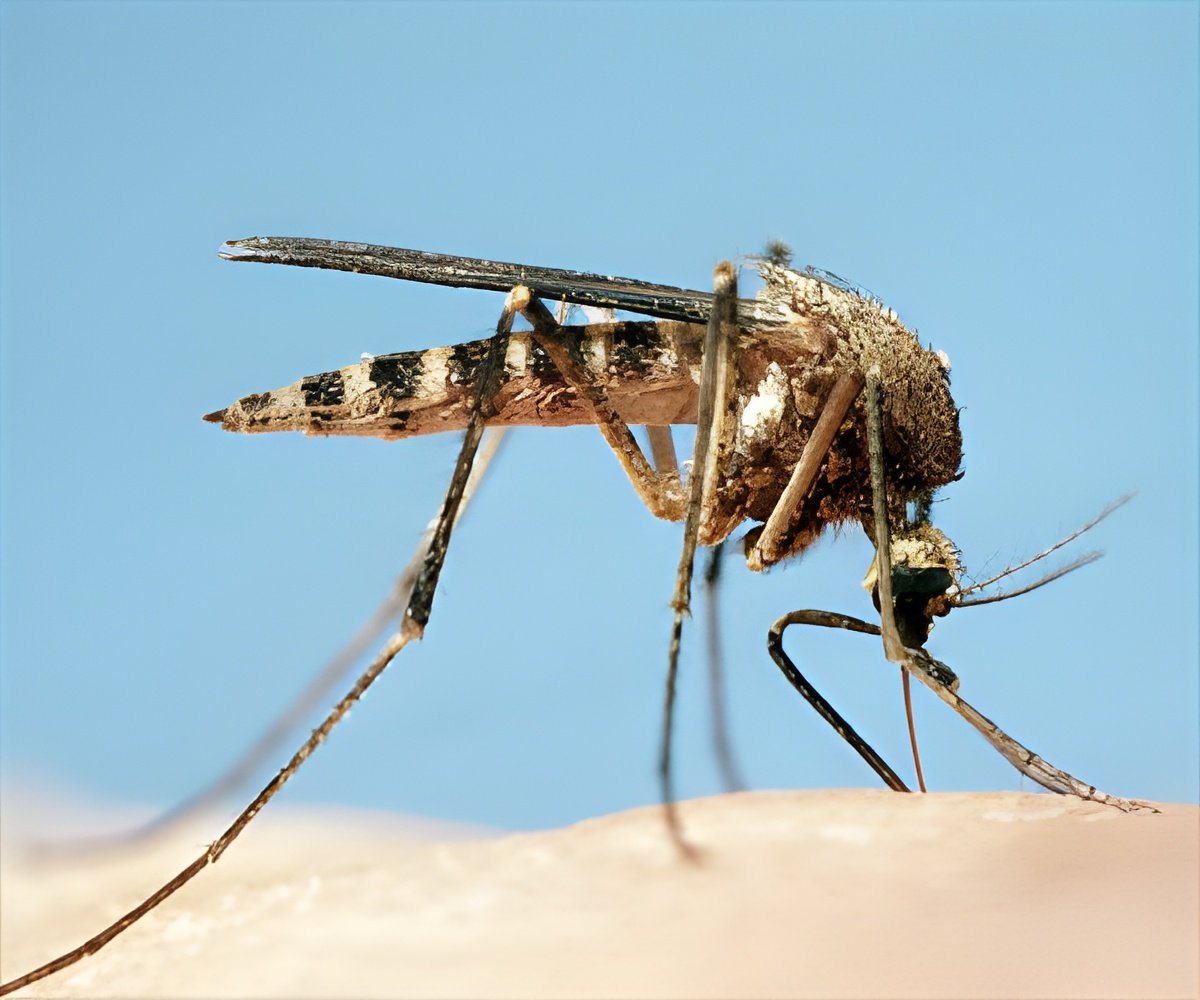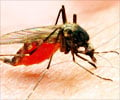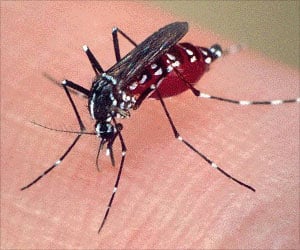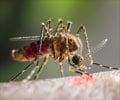One would think that larger group of roosting birds would attract more mosquitoes that carry West Nile virus and contract the disease when bitten.

The experiment was conducted over a period of three years. "We trapped mosquitoes inside and outside of roosts from 2010 to 2012 to determine whether roosts attracted more mosquitoes than non-roost sites," Krebs said. "Then we sent the mosquitoes to a lab in Texas that ran analyses on them to determine if they carried the virus. Uninfected house sparrows were used as sentinel birds to assess host risk of West Nile exposure in 2012—the timing coincided with the historical period of peak West Nile virus transmission in the Chicago study areas known to be 'hot spots' for the disease."
The house sparrows were placed in flight cages—23 birds in cages near communal roosts and 25 in non-roost cages. Krebs explained that sentinel birds are used by public health departments as sort of a "canary-in-the-coal mine" early warning system to detect the presence of a vector-borne disease.
"Only three sparrows near roosts contracted West Nile virus whereas 11 birds in non-roost cages were infected," Krebs said. "So the risk of West Nile virus exposure for those sentinel birds caged within roosts was significantly lower than for birds caged in non-roost locations."
Jeff Brawn, U of I ecologist and department head of the Natural Resources and Environmental Sciences, described how this study sheds light on the spread of vector-borne diseases, such as West Nile virus, compared to those transmitted via direct contact. "If you're in a group, the probability of infection goes way up with direct contact diseases such as colds and flu," Brawn explained. "This study confirmed that the risk is spread out among the individuals in the herd; in the case of West Nile virus, which is a vector-borne disease, individual risk is minimized."
Brawn said that they don't understand why some birds roost and others of the same species do not. But this study shows that those who do choose to roost together benefit by the lower risk of exposure to West Nile virus infection.
Advertisement
This brings to a close almost 10 years of research on West Nile virus in the Chicago area supported by funding from the National Science Foundation. "This was the last year that we were planning to do significant field work in that area of Chicago," Krebs said.
Advertisement
Brawn added that, although the study was on birds, it could provide an interesting implication with respect to human behavior and health risk. "If you are in the woods alone, you may have a greater probability of getting bitten than if you are in a large group of people," he said.
Source-Eurekalert











